TOP

Wireless charging which enables magnetic field suppression at foreign object
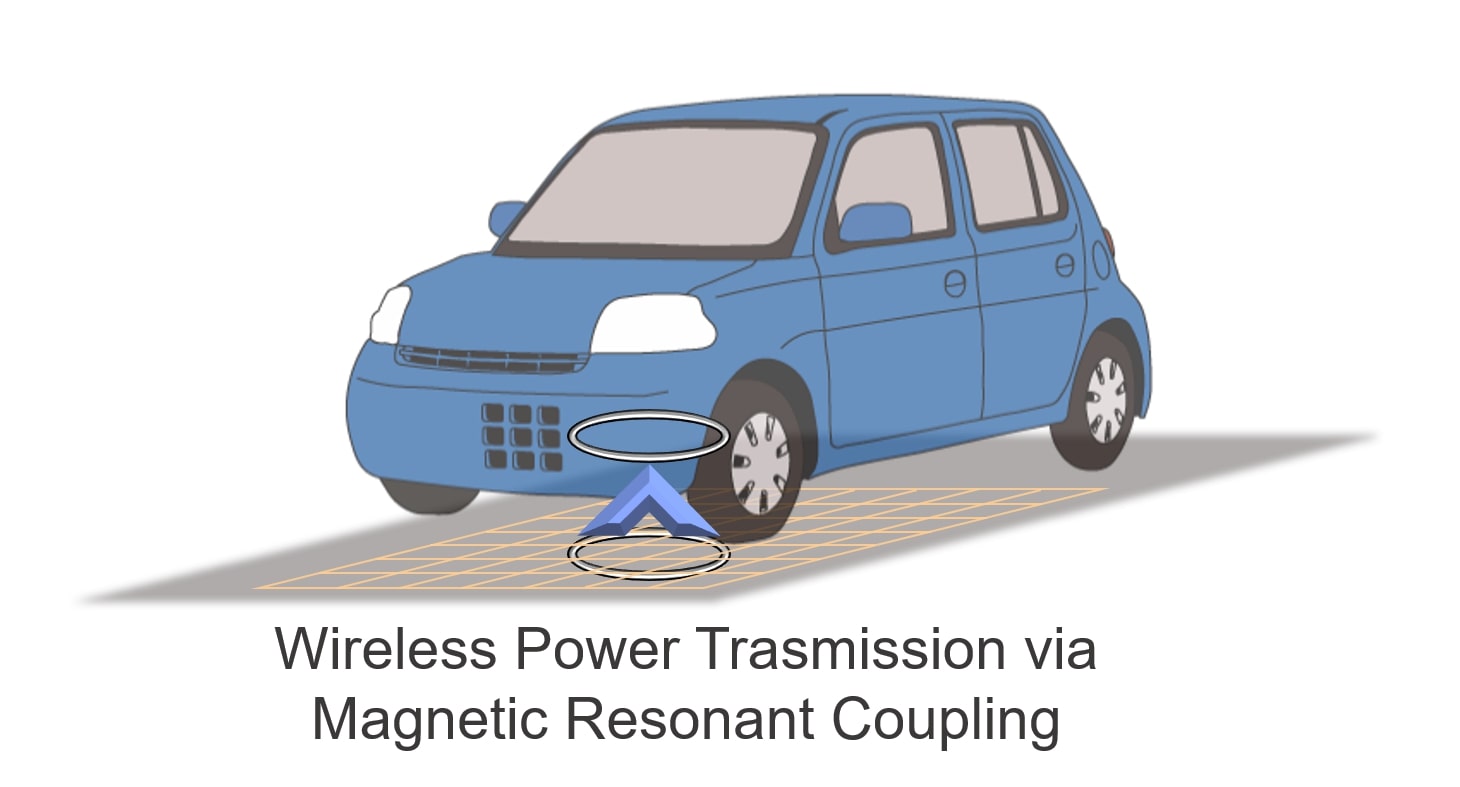
In recent years, electric vehicles such as EVs (Electric Vehicles) and PHVs (Plug-in Hybrid Vehicles) have become increasingly popular.
Currently, the chargers installed in electric vehicles are designed to charge the battery by connecting the charging connector to the vehicle's charging port.
However, the small battery capacity of these chargers requires frequent recharging, and manual power supply by the user leads to various problems such as the risk of electric shock.
A wireless power supply is attracting attention as a new power supply method for electric vehicles. Wireless power transfer is expected to solve these problems
because it allows power to be supplied without physical connections such as charging connectors as long as the vehicle is within the range where power can be supplied.
Among wireless power supply methods, the magnetic field resonance method has been attracting attention in recent years due to its superiority in terms of positional deviation and transmission distance.
In magnetic resonance wireless power transfer, energy is transmitted by coupling the magnetic fields between the coils. If there are interfering objects such as conductors or magnetic materials in the vicinity of the coils,
the magnetic fields are absorbed, resulting in abnormal heat generation by the interfering objects and a resulting decrease in transmission efficiency. In the case of wireless power transfer to electric vehicles,
abnormal heat generation due to interfering objects will be also a problem, and therefore, commercially available wireless power transfer systems for electric vehicles are equipped with a function that stops power transfer when the interfering objects are detected.
In contrast, we are considering an approach to continue supplying power to electric vehicles in parking lots while avoiding heat loss even in the presence of interfering objects.
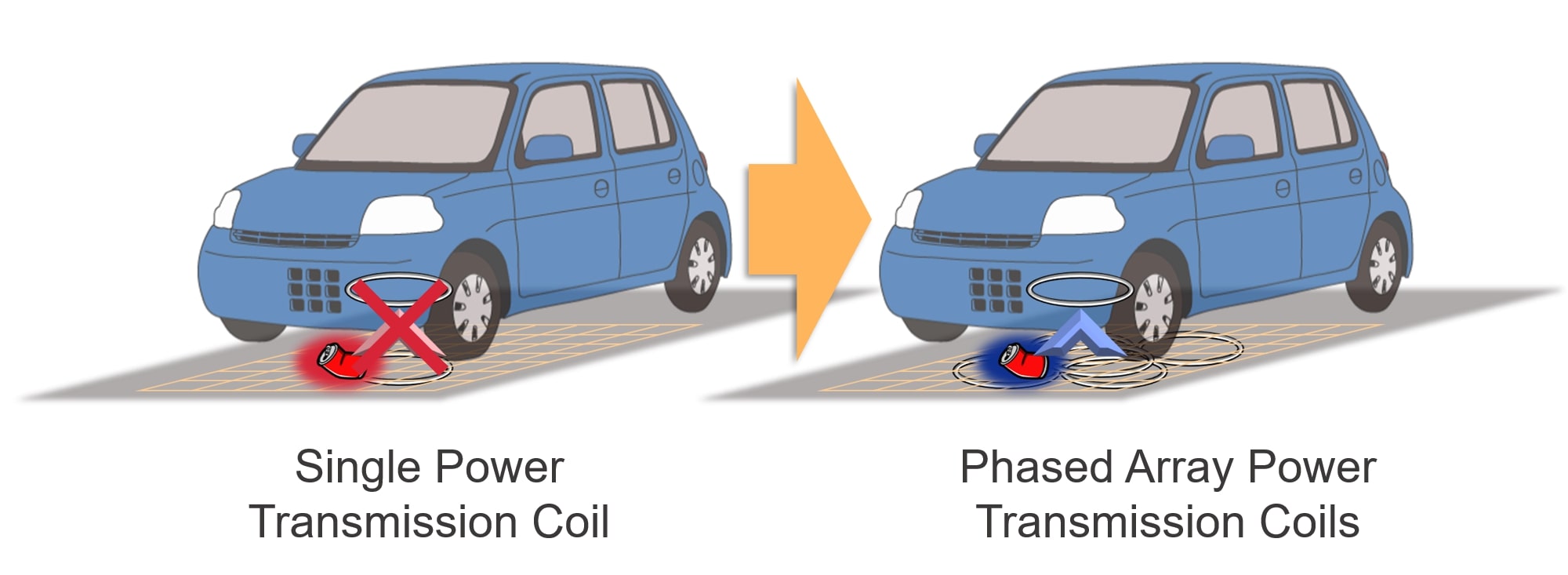
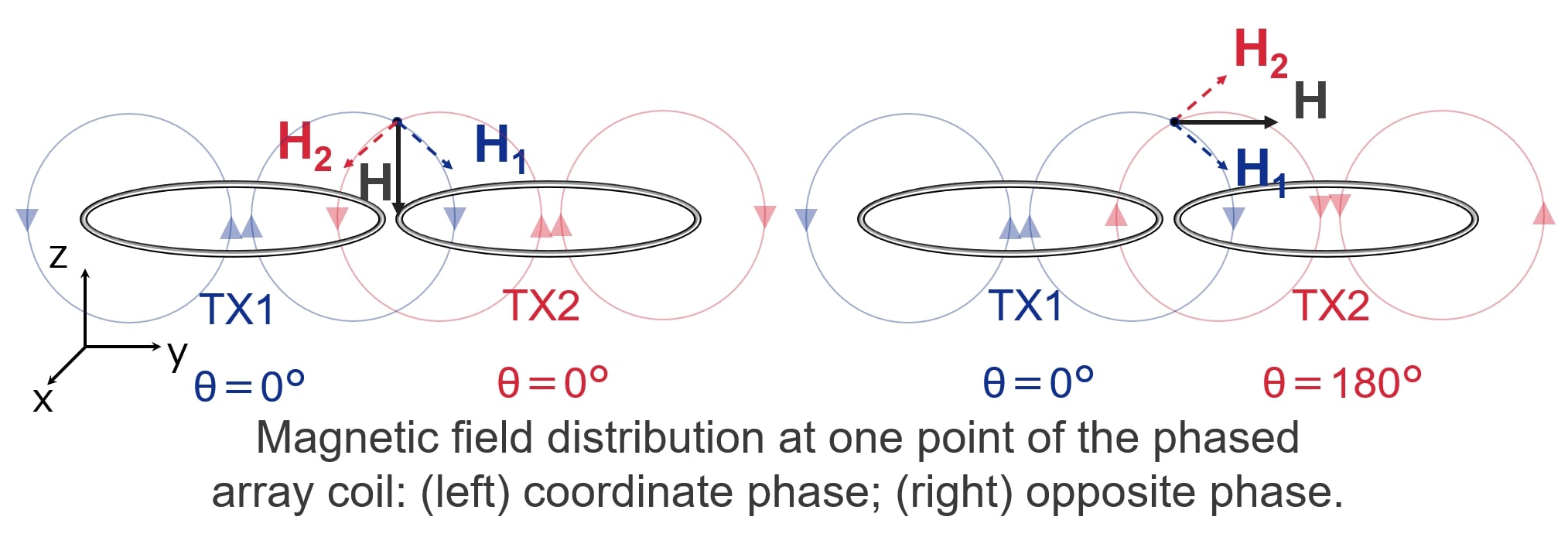
In magnetic resonant wireless power transfer, the magnetic flux density increases in the vicinity of the coil, and losses due to interfering objects also increase. Therefore, to realize such an approach,
the magnetic field must be reduced in the region where interferers are present while maintaining the efficiency of the wireless power transfer. To control the magnetic field distribution in magnetic resonance wireless power transfer,
phased-array coils are applied as power transmission coils. We are researching on a method to optimize the placement of the phased array coils and the phase and amplitude of the input voltage to each coil.
Some of the simulation output results are presented below. First, for a typical wireless power transfer configuration with one transmitter coil and one receiver coil facing each other,
the maximum value of the magnetic field intensity was 4.93 [kA/m] and the total magnetic field intensity at the evaluation point was 28.9 [kA/m]. Next, by use of the five transmission coils,
the phase and amplitude of the input voltage to each transmission coil resulted in a maximum value of 230 [A/m] for the magnetic field intensity and 3.45 [kA/m] for the sum of the magnetic field intensities.
Here, the transmission efficiency is always maintained above 85%. The results show that the maximum and summation of the magnetic field are suppressed 95.6[%] and 88.1[%], respectively, compared to a typical configuration.
Therefore, it was confirmed that the proposed method could feed power with high transmission efficiency while suppressing the magnetic field at any single point within the specific plane.
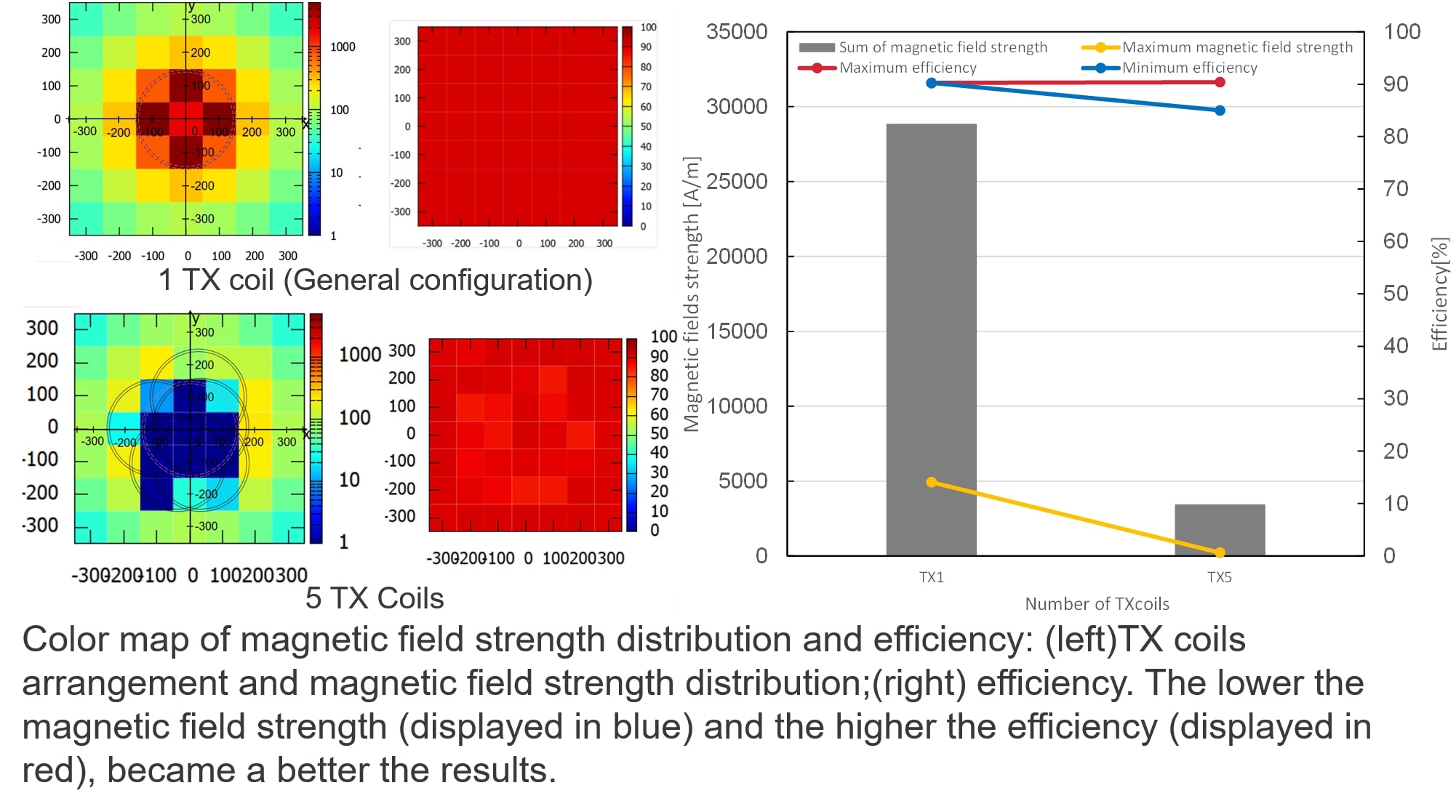
Researcher
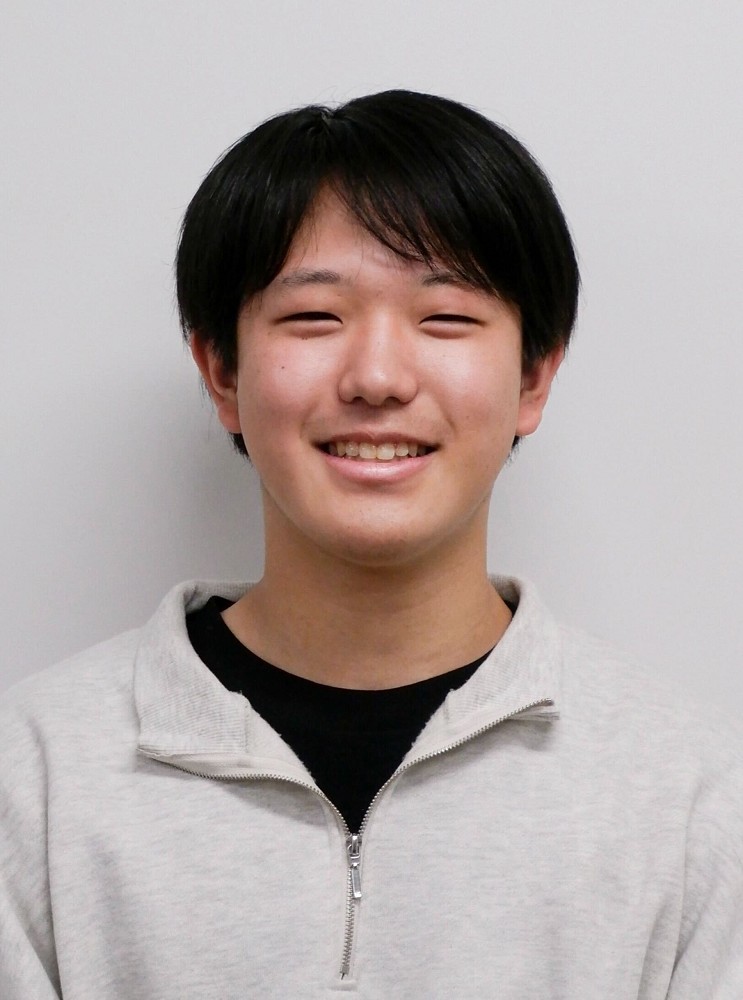
M1
Shuta Ishida
